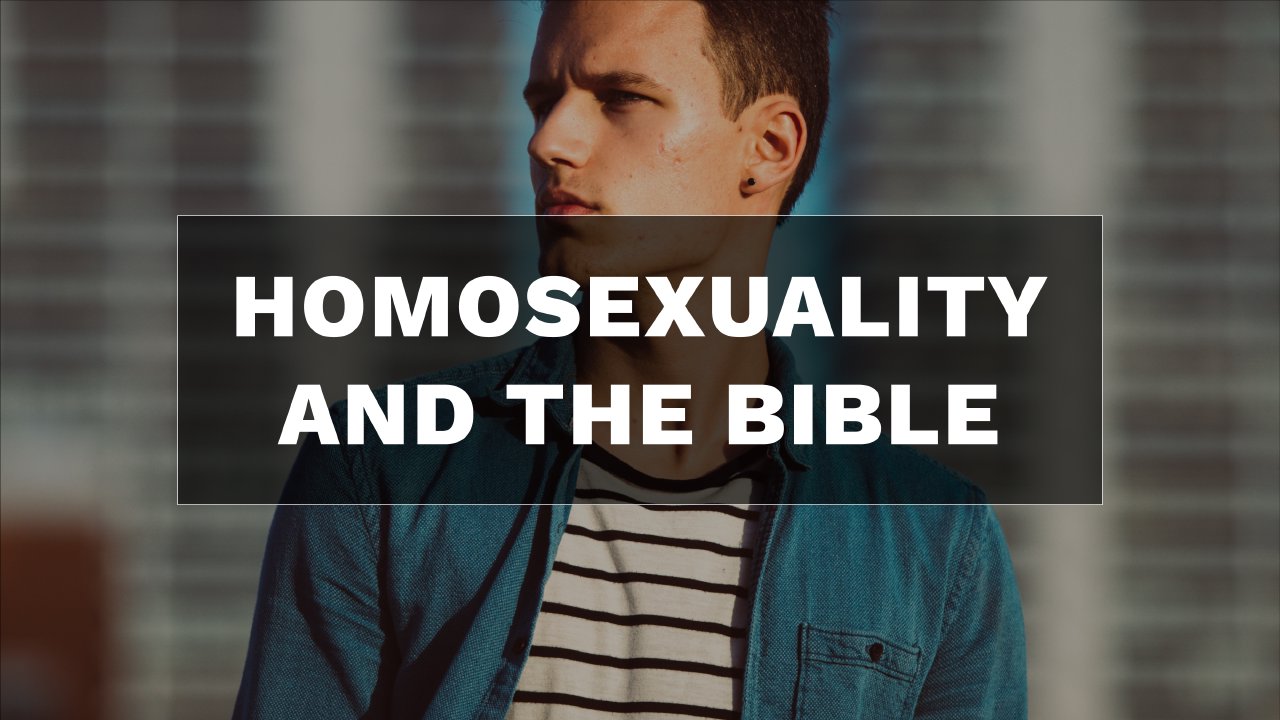Talking Point #9 addresses Paul’s so-called “vice lists,” a catalog of behaviors the apostle says places any so-called Christian on the outside of the Kingdom:
"Or do you not know that the unrighteous will not inherit the kingdom of God? Do not be deceived; neither fornicators, nor idolaters, nor adulterers, nor effeminate, nor homosexuals, nor thieves, nor the covetous, nor drunkards, nor revilers, nor swindlers, will inherit the kingdom of God. Such were some of you, but you were washed, but you were sanctified, but you were justified in the name of the Lord Jesus Christ and in the Spirit of our God." (1 Cor. 6:9-11)
Also, in 1 Tim. 1:9-11, Paul lumps “homosexuals” together with other “ungodly sinners” whose behavior is “contrary to sound teaching according to the glorious Gospel of the blessed God.”
According to TRP, “These lists don’t address LGBT people, but cases of pederasty, abuse, and prostitution.” They admit that Paul’s combination of Greek words malakoi and arsenokoitai (rendered “effeminate” and “homosexuals” here) does denote male homosexual sex, but probably only “role-differentiated” encounters between “older men and boys (what we would call pederasty), or between master and slaves.” Modern-day gay Christians who don’t engage in exploitive forms of sex are not the target of Paul’s reproach, they say. Further, rendering arsenokoitai as “homosexuals” is misleading since the English word didn’t even exist before the 1892.
Are they right?
First, don’t be distracted by the claim that the English word “homosexual” was only recently created. It’s irrelevant. Clearly, same-sex behavior was common in Paul’s day, as TRP readily acknowledges. The translators simply chose the contemporary term they thought described the specific ancient activity Paul had in mind. The important question is whether the English word “homosexual” captures the meaning of Paul’s Greek rendering. It does.
In these vice lists, Paul coins a new term—arsenokoitai (translated “homosexual”)—by combining two words, arsenos, for “male,” and koiten, meaning “to bed.” Arsenokoitai literally means “bedders of males” or “men who bed with males.”
Why this combination of words? Because these are the very words found in the Septuagint—the Greek translation of the Old Testament regularly used by the Apostles—to describe the homosexual behavior explicitly forbidden in Lev. 18:22 and 20:13. In fact, ancient Jews used the Hebrew phrase, mishkav zakur—“lying with a male”—to denote male-to-male sexual contact. No one familiar with the Law would have missed Paul’s meaning.
Second, there is nothing in the words arsenos or koiten, nor in anything in the context of 1 Cor. 6:9 and 1 Tim. 1:10, that even hints that Paul’s condemnation is limited to “exploitive” homosexual acts. This is pure fancy. The words paiderastai (“lover of boys”), paidomanēs (“man mad for boys”), or paidophthoros (“corrupted of boys”) would have served Paul’s purpose perfectly if that were his intention. It wasn’t. Rather, these passages—given the context and arsenokoitai’s origin—communicate an absolute prohibition of any form of homosexual sex.
Ironically, while TRP dispenses assurances that Christians are allowed to be practicing homosexuals, Paul’s grave warning says just the opposite: “Do not be deceived. Neither effeminate…nor homosexuals…will inherit the Kingdom of God” (1 Cor. 6:9).

Lost in Translation
Alan Shlemon
More from
Homosexuality and the Bible




